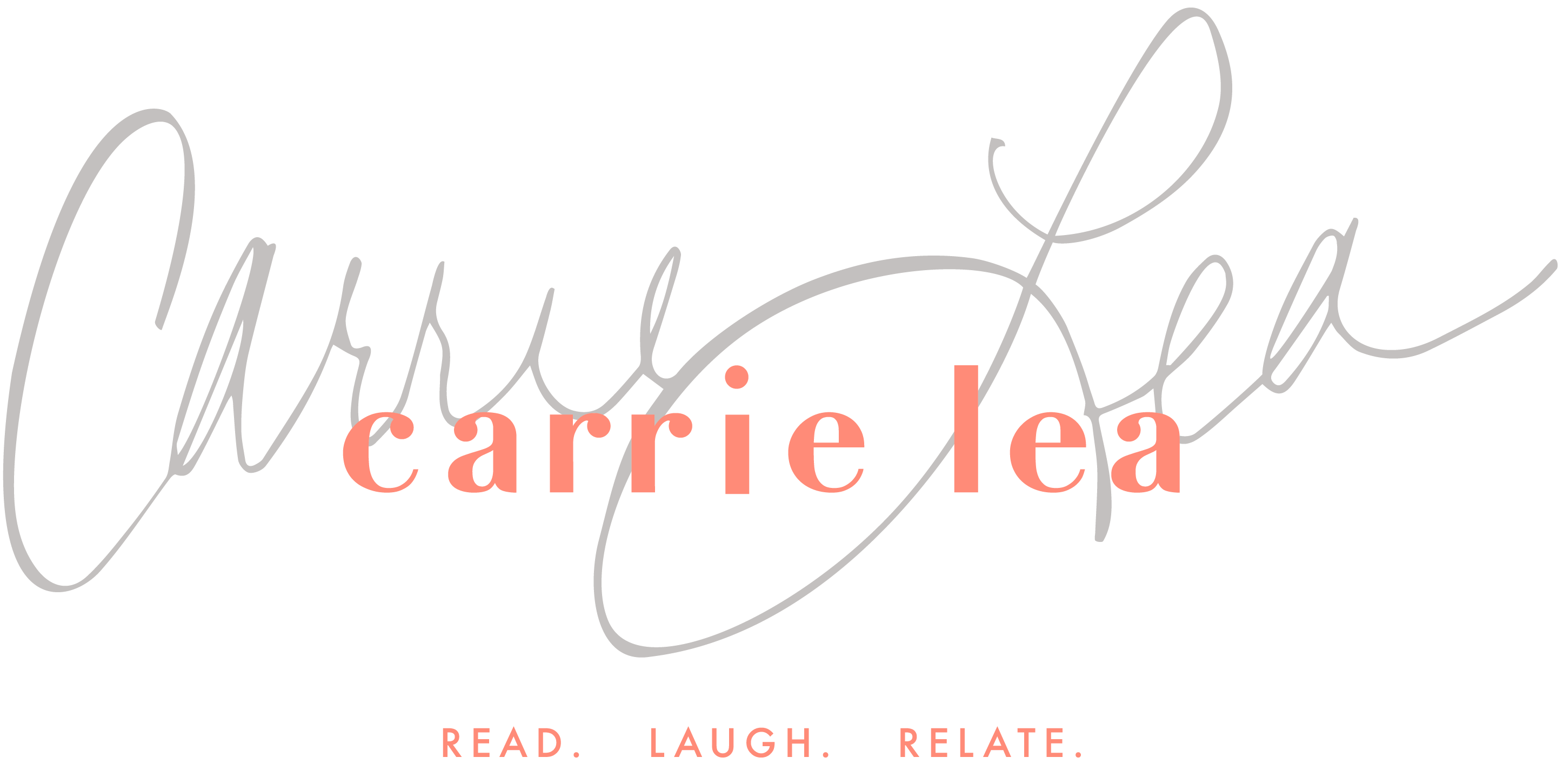Society would have you believe that there are only two types of women in this world: the good girl and the bad girl. We see it portrayed time and time again in movies, books and other forms of entertainment.
The good girl is the virgin wearing white who dresses modestly and has a sheepish, almost childlike demeanor while the bad girl is seen as sexually deviant, dressed in red or all black with a cocky, prideful stance. Somehow, they end up in conflict with one another, most likely over a man, but the good girl is supposed to win in the end.
This manufactured misrepresentation of female relationships has fed the stereotype that women can’t get along. I’ve heard many women say things like, “I don’t get along with other girls.” When asked why, the first reaction may be to call out a trait that is seemingly opposite of who they are. Or they fault the other woman for being different. I always bristle when I hear a woman say that she doesn’t trust any other women. Mainly because she is stating that she doesn’t trust a part of herself. We are more alike than we realize and can all be used to bring about God’s purpose here on earth.
Let me show you an unlikely pair who did just that: Rahab the Harlot and Mary the Virgin.
Rahab’s story is found in the Old Testament (Joshua 2) while Mary’s is found in the new testament (Matthew 1). Two opposite times in history but part of one ultimate purpose.
Rahab lived in a wall surrounding the city of Jericho. She was no spring chicken because she was living on her own making a living as a prostitute. I would say she may be similar to the “bad girl” persona of our current day (think Rihanna or Kim Kardashian). She was sexy and known for her occupation of pleasuring men while living against social norms. In my mind, I picture her with voluminous dark hair, kohl-rimmed eyes and natural curves that could rival any IG model. The book of Joshua tells us how she hid Joshua’s spies from the King by sending the Jericho soldiers on a wild goose chase. Her quick wit and cunning capability helped saved the lives of those spies while her faith brought her personal salvation and allowed her to save the lives of her family when the city of Jericho was destroyed.
Mary lived in Galilee and was a young virgin engaged to be married to a carpenter named Joseph. During that time, women became engaged at young ages to maximize their child-bearing years, so I imagine Mary was in her early teens. She probably didn’t have the curves but instead was a budding woman, excited about the possibility of new life (think Marsai Martin from Blackish or Ariel from A Little Mermaid). She had not been introduced to the wilds of strange men and therefore may have had a naivete about her that presumed innocence and vulnerability. Mary is celebrated and held in high regard to many because of her role as the birth mother of Jesus Christ.
The similarities of these two women start with their position in relation to Christ. We know that Mary gave birth to Jesus but what some may not know is Rahab, in all her harlotry, is also in the lineage of Christ. She married Salmon, one of the spies and they birthed Boaz. Boaz was father to Obed and Obed was the father of David. Jesus, as prophesied, was the “Son of David.”
But the similarities don’t stop there. Both women had immense faith and humbly submitted to instruction that was given concerning the uncertainty of their lives and their futures. When Rahab was sworn to secrecy concerning the business of the spies and the saving of her family, her response was, “according to your words, so be it.” When Mary was instructed that her virginal body would be impregnated by the Holy Spirit, her response was, “may it be done to me according to your word.”
In submitting to the words that were spoken to them, both women put their lives in God’s hands and allowed their faith to determine their actions, not their fears. They probably knew that they would be misunderstood, ridiculed or even risk punishment by other men and women, yet they chose the same path of faith and obedience.
Two completely different women with opposite backgrounds and experiences teach us how God can use anyone. We don’t have to be at odds with other women or threatened by their position. We have to use this example to remember that not every woman is our competitor. If God can use Rahab, He can use the stripper. If He can use Mary, He can use the inexperienced young girl. God’s plans know no bounds. It doesn’t matter who you are or what you’ve done, His plan reigns supreme.
So, as you see that woman from a different neighborhood or the woman who had a rough upbringing, don’t jump to any conclusions. The same God who brought you to the exact place you’re at is the same God who could somehow connect the two of you to serve His will here on earth. Stay open to connecting with your sisters, especially during a time where we are struggling to celebrate our neighbors. Be a light to her path.
